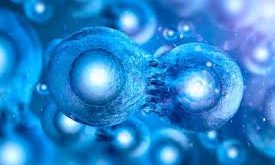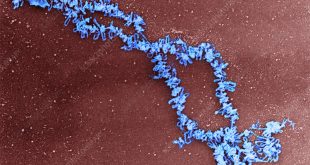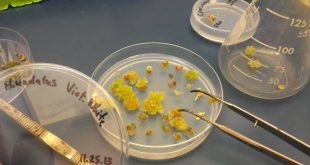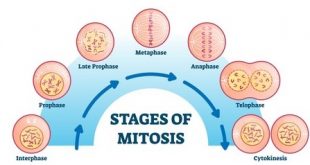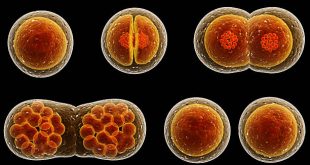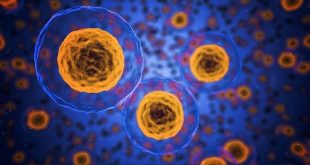In order to grow, cells have two options. They must either replicate themselves to create more cells, or the cells themselves must expand in volume. In humans, tissues such as the skin and blood contain cells that are actively dividing, while other tissues such as fat contain cells that expand. …
Read More »Variation in Chromosome Types: The Lampbrush Chromosome
If we observe the nucleus of each cell, we’ll find that the DNA molecule in it is packaged into thread-like structures. These are called chromosomes that carry hereditary information for everything, i.e., height to eye color. These chromosomes are made up of DNA that is tightly coiled many times around …
Read More »Basic Ideas of Somatic Hybridization
Do you have ever heard the term ‘POMATO’ ? Pomato is the result of the hybridization of two somatic cell- potato and tomato. From a somatic cell, developed by the fusion of protoplasts from potato and tomato, is cultured to get a new harvest- pomato. In this harvest, the characteristics …
Read More »Mitosis: Equational Division and Its Stages
Mitosis is one kind of cell division that occurs in the somatic cells of the body. It produces two daughter cells in each division. The daughter cells have the same number of chromosomes as in mother cells. Therefore, the Haploid mother cell (n) will produce two haploid daughter cells (n) …
Read More »Cell Division: Types, Stages & Processes
All living things, as well as human beings, are made up of cells. Some organisms have only one cell during their whole lifespan by which they carry out all the physiological processes they require to survive. These are unicellular organisms. For instance, bacteria, yeast, etc. In contrast, there are also …
Read More »Cytology: An Introduction
As human beings are social creatures, they live in a social environment. If we look around us, we can see mainly two types of things in the environment. One is living things & another is non-living things. Living things are those which possess life. Now, what is life? It’s not …
Read More » Plantlet The Blogging Platform of Department of Botany, University of Dhaka
Plantlet The Blogging Platform of Department of Botany, University of Dhaka
